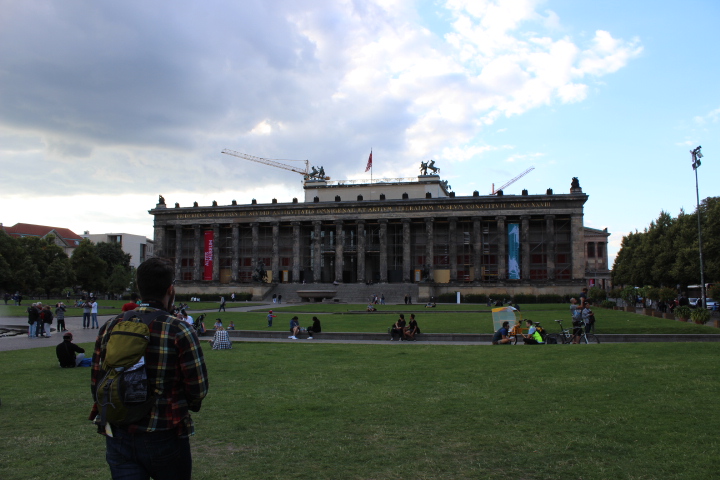The type of work that the National Museum of African American History and Culture is doing surrounding the Black Lives Matter movement and the political and racial unrest surrounding police brutality is exactly how I picture a museum exhibit and how they do work. The fact that they are collecting signs from protesters, gas masks from Ferguson, and even a broom and rake used for protest debris, makes me extremely excited. I had always wondered how people collected things like buttons and pins from Nazi Germany or signage from the Civil Rights Movement. It’s very intuitive of museum curators and collectors to be able to recognize a moment in history that will be important for years/decades to come. That is really where all of the magic in museums is for me.
While this may be my ideal museum world, I am really excited about museums that are fully engaging in social activism. While I don’t think this is the right step for all museums, I appreciate the museums that are turning towards this. Challenging peoples’ ideas and misconceptions is very important. Making people think about and engage in their history (or even just America’s history) is extremely important right now. I can see how museums can be on the front lines of changing harmful attitudes or misconceptions.
The Medium article that addressed Museums and #BlackLivesMatter was very interesting to me. Throughout this class I have wondered about how museums can best have an online presence and reading this article opened my eyes to possibilities. I never thought that simply engaging with the community and even other museums on Twitter could be so rewarding for museums and its participants. The most challenging part of online conversations as mentioned in the article, is the active participation outside of the internet. Museums need to be able to dismantle their own racist and/or oppressive past first before being able to tackle these kind of issues. Then they must turn to galleries, programming, and community outreach to continue their activism or simply the conversations. As outlined in the NEMO examples of refugee and immigrant participation in museums, there are ways for museums to reach a wider variety of people and to be more inclusive. Allowing immigrants and refugees to lead tours in their own language can help new citizens adapt and feel included in their new country. This is extremely valuable for new citizens.

Photo by Alisha Graefe
How do you think someplace like the Idaho Black History Museum should cover BLM? Should more locally focused museums do the same?